Resolution 57 of the Politburo on breakthroughs in science, technology, innovation and national digital transformation was issued on December 22, 2024, marking a strategic turning point in Vietnam's development orientation.
Resolution 57 not only demonstrates the high political determination of the Party and State but also carries new and breakthrough viewpoints to remove bottlenecks, unleash creative potential and make science and technology a key driving force for the country's rapid and sustainable development.
General Secretary To Lam compared Resolution 57 to "Contract 10" in the field of science and technology, demonstrating the nation's strong aspiration to rise up.
On January 13, speaking at the National Conference on Breakthroughs in Science, Technology, Innovation and National Digital Transformation, General Secretary To Lam affirmed: "The Party and State always consider science and technology as the decisive factor and foundation for the country's sustainable development.
This is the "golden key", the vital factor to overcome the middle-income trap and the risk of falling behind, and at the same time realize the nation's aspiration for strength and prosperity".
The General Secretary emphasized that, in the context of the world witnessing rapid changes in breakthrough technologies such as artificial intelligence, big data, and cloud computing, Vietnam cannot "fall behind" but needs to take advantage of all resources to "stand on the shoulders of giants", promote innovation, and apply advanced technology to shorten the development gap.
According to Professor Dr. Nguyen Thanh Thuy, Chairman of the Vietnam Association of Information Technology, the content of the General Secretary's speech shows a long-term vision: Vietnam takes advantage of the global knowledge platform to make a breakthrough.
Assessing the strategic vision from the General Secretary's speech, Professor Nguyen Thanh Thuy cited: Vietnam's technology industry has been taking advantage of the world's achievements to develop rapidly, instead of having to build from scratch in many areas of information technology and innovation.
"General Secretary To Lam emphasized the idea of 'standing on the shoulders of giants', implying that Vietnam does not need to develop from zero but can learn and inherit successful models to take shortcuts. This is especially important in the current context, when golden opportunities are opening up thanks to the shift in global supply chains and the explosion of digital technology," said Professor Dr. Nguyen Thanh Thuy.
As evidence for this statement, Professor Nguyen Thanh Thuy analyzed that Vietnam has used open source platforms and advanced technologies, making good use of open source technologies and available platforms from large technology corporations. Technologies such as artificial intelligence (AI), cloud computing; Blockchain, e-commerce, Smart Transportation, Digital Finance... have all been utilized and developed very well and strongly by Vietnam.
"Vietnam can learn many valuable lessons from countries like South Korea, Israel or Singapore. These countries have been successful in leveraging global knowledge to develop technology, create breakthrough innovations and improve competitiveness.
South Korea has successfully shifted from manufacturing to creating global brands. Israel has become a start-up nation by focusing on military and security technology. Singapore has become a financial and technology hub by attracting foreign investment and building a solid digital infrastructure," he said.
From his perspective, Associate Professor Dr. Ta Hai Tung, Principal of the School of Information and Communication Technology (Hanoi University of Science and Technology) analyzed that in reality, Vietnam is a country that is behind the world in the process of developing science and technology.
This is understandable, because for a long time, the country was devastated by war and isolated. During that period, science and technology in the world had made breakthrough technological advances.
Over the past 20 years, Vietnam has integrated more strongly and deeply, participating in global value chains and supply chains.
Vietnam is converging many attractive factors such as abundant labor resources in the golden population period, many young people are well-trained, have good skills, and are always eager for new things, as well as Vietnam is an attractive destination for investment from foreign corporations and businesses. Therefore, "standing on the shoulders of giants" is the right approach for Vietnam and for other countries that are following.
"Taking advantage of the world's technological achievements, Vietnam will quickly develop its own products to serve the socio-economy, people, and Government of Vietnam; at the same time, increase the competitiveness of Vietnamese goods in the international arena and confidently participate more deeply in the development of global science and technology," said Associate Professor Ta Hai Tung.
Sharing the same view, Mr. Olivier Brochet, Ambassador Extraordinary and Plenipotentiary of France to Vietnam, assessed the "giant" as "indispensable" in development.
"If that person is willing to accompany, support and transfer technology to improve capacity, then clearly it is not only necessary cooperation but also indispensable," Mr. Olivier Brochet shared in an interview with Dan Tri newspaper reporter.
Sharing this view, Dr. Ha Huy Ngoc, Director of the Center for Research on Local and Territorial Economic Policy and Strategy, assessed that in the semiconductor value chain, there are many stages such as design, production, packaging, and testing. Vietnam needs to choose stages and segments that are suitable to its capacity.
"We cannot do it alone but must cooperate with the world's leading technology corporations (standing on the shoulders of giants)," said Dr. Ha Huy Ngoc.
According to him, Vietnam is a latecomer so it must borrow strength from the world's "unicorns", for example, small and medium-sized factories in Vietnam can completely cooperate with partners like Nvidia Corporation, which has started investing in our country.
In the context of the Fourth Industrial Revolution taking place strongly, science, technology and innovation (S&I) are identified as the key driving force for the development of every country.
Vietnam is not out of that trend. The Party and the State have issued many policies to promote this field.
Over the past two decades, Vietnam has made great strides in a number of key industries. The information and telecommunications technology (ICT) sector is a typical example. With a young, dynamic workforce and competitive costs, Vietnam has emerged as an attractive destination for software exports.
At the International Conference on Artificial Intelligence and Semiconductors (AISC) in March 2025, Mr. Truong Gia Binh - Chairman of FPT Corporation, emphasized: Vietnam has a strategic position in building partnerships on AI and semiconductors.
One of the notable points that Mr. Truong Gia Binh mentioned was the strong development of technology infrastructure in Vietnam. He emphasized that large investments in mid-range and high-end computing infrastructure have helped Vietnam become one of the countries with the most advanced AI infrastructure in the region.
However, reality shows that Vietnam's science, technology and innovation still have many bottlenecks, requiring breakthrough and synchronous solutions to fully exploit its potential and help the country develop strongly.
According to experts, one of the biggest challenges to the development of science, technology and innovation in Vietnam is the modest level of investment in R&D. According to Resolution 57, Vietnam's R&D (Research and Development) budget currently only accounts for about 0.4% of GDP, a figure much lower than that of developed countries and countries in the region with dynamic economies.
Resolution 57 has set a target of increasing funding for R&D to 2% of GDP in the coming years. Of which, social resources will account for more than 60%. At the same time, the annual state budget for science, technology, innovation and national digital transformation will increase by 3%.
However, increasing investment is not only about numbers but also about the mechanism of capital use. Chairman of VNPT To Dung Thai said: "When it comes to investing in science and technology development, the first bottleneck is "where is the money?". Although VNPT has thousands of billions in the R&D fund, using it in accordance with current legal regulations is not a simple matter."
According to him, not only VNPT but also many other enterprises are in the same situation, especially state-owned enterprises. The fear of risk when investing in scientific research, especially in new fields with many potential surprises, is still a major barrier. The lack of mechanisms to encourage risky investment and acceptance of delays in scientific research also reduces the motivation to invest in R&D.
The lack of capital is particularly problematic for technology startups, which often need large amounts of capital during their growth phase to scale and compete in the market. This limitation not only reduces the autonomy of the ecosystem but can also leave potential startups in the hands of foreign investors at the most crucial stage.
According to Mr. Tran Luu Quang, Head of the Central Policy and Strategy Committee, without changes such as the application of science and technology to overcome the limits, it is impossible to overcome the middle-income trap. To achieve the goal of higher per capita income, there needs to be a coherent policy and appropriate investment in science and technology.
Not stopping there, the current situation of science, technology and innovation in Vietnam is still governed by a system of mechanisms and policies that are not synchronized and still have many barriers.
The Chairman of VNPT pointed out that institutions and policies, especially in areas such as intellectual property, investment in the use/preservation and development of state capital, public procurement of know-how, technology copyrights, etc., are limiting the ability of enterprises to access resources and implement innovation projects, test new technologies, and participate in national digital transformation.
Many regulations on science and technology management and investment in information technology applications using state budget capital have been adjusted and amended, but many bottlenecks still exist, causing great challenges for businesses, especially state-owned enterprises.
Although Vietnam has many startup support programs, the current state of the innovation ecosystem still lacks close connectivity.
Enterprises, research institutes and universities have not yet formed a strong enough “golden triangle”. Domestic venture capital funds are still weak, while technology startups often lack capital in the growth stage.
One of the key factors for a sustainable innovation ecosystem is effective cooperation between three main pillars: businesses, research institutes and universities.
On the other hand, businesses also face many difficulties in accessing applied research from institutes and schools, and do not dare to invest heavily in these units due to their reliability.
Meanwhile, many scientists and lecturers have not yet grasped the actual needs of the market. This fragmentation not only slows down the commercialization of innovative ideas but also limits the ability to solve major challenges of the economy.
"In fact, at VNPT, we have a research center, but it mainly works on topics and can only be paid for topics with good results. We have to be responsible for the money we spend, so VNPT does not dare to "spread" to labs or universities for research because it is not reliable enough.
We only dare to do our own fields, which are handled by VNPT's human resources. At VNPT, we both research and put it into production to see if it is effective, otherwise we will withdraw immediately. These things make us only able to do small things, not big things," said Mr. To Dung Thai.
Another bottleneck is the limited testing mechanism (sandbox) for new technologies. The policy system to support science and technology enterprises is mainly based on administrative procedures, not really encouraging creative risks. In many cases, policies lag behind the speed of technological change, making enterprises hesitant to invest in new fields.
Another huge bottleneck in Vietnam's science, technology and innovation development is the serious shortage of high-quality human resources, especially in new and strategic fields such as artificial intelligence (AI), big data and semiconductor technology.
Although the number of science and technology students increases every year, the quality of training is still far from market requirements. High-quality human resources in fields such as semiconductors, AI, cloud computing... are very scarce.
Professor Nguyen Thanh Thuy said: "Vietnam has an abundant source of young labor, but the quality of training is uneven, there is a serious shortage of highly qualified human resources, especially experts in emerging fields such as artificial intelligence, cyber security or big data".
He cited surveys and statistics showing an imbalance between training programs and the practical needs of the labor market, with only about 30% of IT graduates meeting the requirements of businesses.
Sharing this view, Mr. Oliver Brochet, Ambassador Extraordinary and Plenipotentiary of France to Vietnam expressed: "Vietnam needs to encourage students more strongly to study at higher levels in the field of science and technology, instead of just stopping at the bachelor's level.
Because currently, 90-95% of university graduates choose to go to work immediately. This is a definite barrier to the development of science and technology in Vietnam."
Professor Nguyen Thanh Thuy pointed out the bottleneck: "The training program is still heavy on theory, lacking practice, facilities and equipment at many training institutions do not meet requirements and have not kept up with global technology trends such as AI, blockchain or semiconductor technology. The connection between universities and businesses is still limited, leading to a gap between academia and practice."
In addition, foreign language ability (especially English) and soft skills of IT students are still weak, making it difficult to compete in the international market.
Meanwhile, the "brain drain" wave is still happening, as many good engineers choose to work abroad due to the difference in income and working conditions.
Sharing this opinion, Mr. Christopher Nguyen, Director and Co-founder of Aitomactic said: "Vietnam still lacks highly qualified AI experts and semiconductor engineers. Training quality is still far from actual requirements, requiring a long-term strategy that combines both vocational training and high-quality university education."
FPT Chairman Truong Gia Binh said that Vietnam has a golden human resource in the field of information technology (IT) with about 1 million IT engineers, half of whom are capable of converting to AI.
However, to achieve the goal of training 1 million AI workers and 50,000 semiconductor workers by 2030, great efforts are needed from universities, businesses and the Government.
Increasing investment, perfecting institutions, developing high-quality human resources and promoting the application of science and technology in production and life are key tasks to make science, technology and innovation truly become a strong driving force for Vietnam's rapid and sustainable development.
Experts believe that Vietnam is at an important stage in the process of technological development. In fact, this development is currently uneven, as core technology industries with the potential to create major breakthroughs in the digital age such as semiconductors and artificial intelligence (AI) in Vietnam are still in their infancy.
For Vietnam to master these advanced technologies, the country needs to take advantage of the "role of giants" to not miss the opportunity, Ms. Nguyen Thi Bich Yen - expert of the American Institute of Electrical and Electronics Engineers, senior expert of SOITEC (USA), shared.
"Vietnam needs to quickly develop a human resource development strategy, cooperate with international partners and invest in microchip research so as not to miss the opportunity," she said.
In general, although Vietnam has a good foundation with many advantages, to truly make a breakthrough and harmonize the technological landscape, it is necessary to have strategic investment, focus on solving human resource bottlenecks and choosing the right breakthrough in the global high-tech value chain.
As General Secretary To Lam affirmed, we must know how to "stand on the shoulders of giants". Vietnam needs to make the most of the world's advanced scientific and technological achievements, while developing internal strength to create leaps in the digital age.
In the next episode, experts will point out key areas and perspectives on Vietnam's "strategic technology portfolio" to enter a new era. From there, the country can realize its goal of becoming a developed, high-income country by 2045.
Next: What strategic technologies does Vietnam need?
Content: Bao Trung, Nam Doan, The Anh
Photo: Quyet Thang, Thanh Dong, Manh Quan
Design: Thuy Tien
04/29/2025 - 06:00
Source: https://dantri.com.vn/cong-nghe/thao-go-diem-nghen-khoi-thong-dong-chay-sang-tao-nghi-quyet-57-va-bai-toan-nhan-luc-dau-tu-20250425212002614.htm





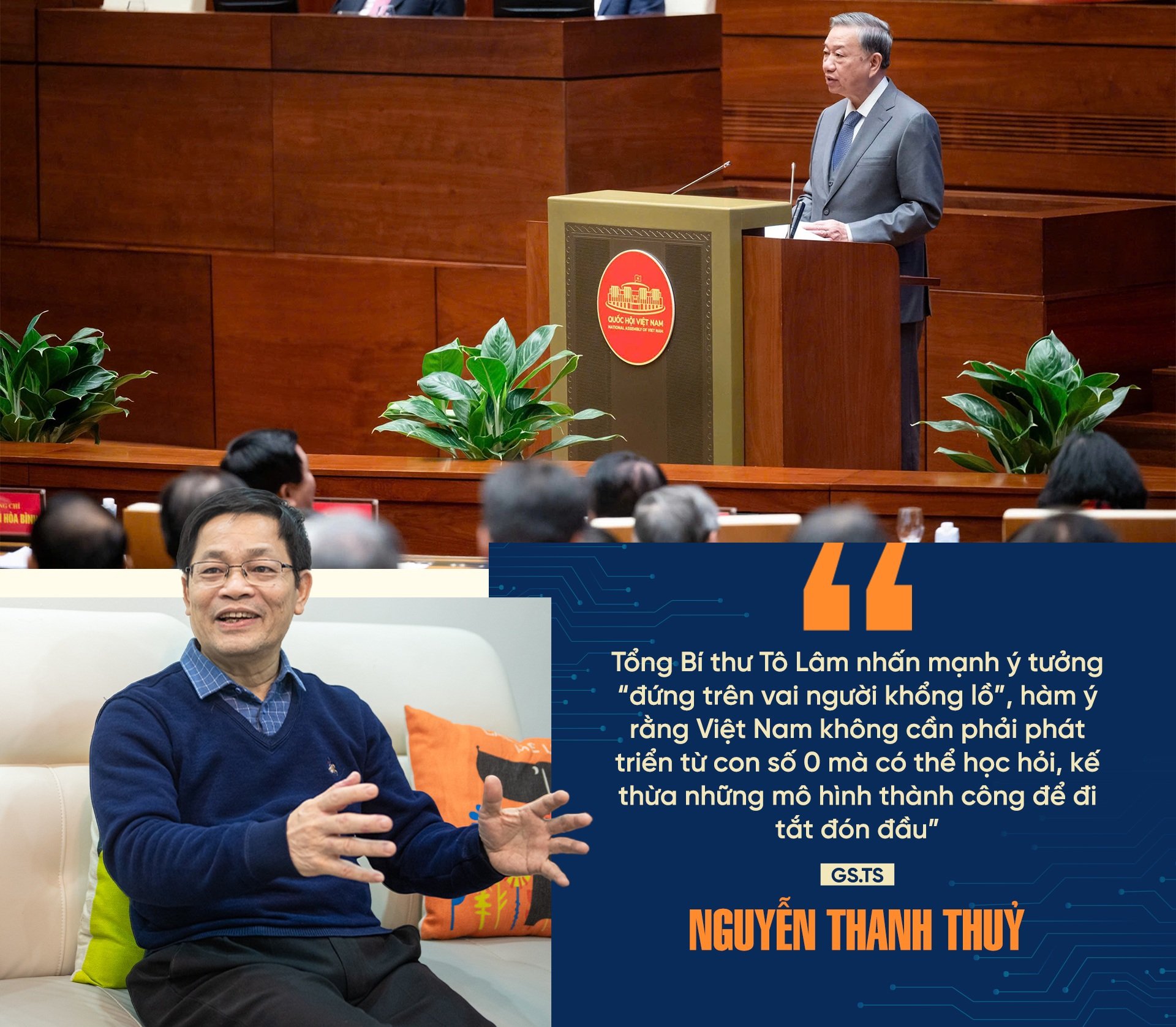
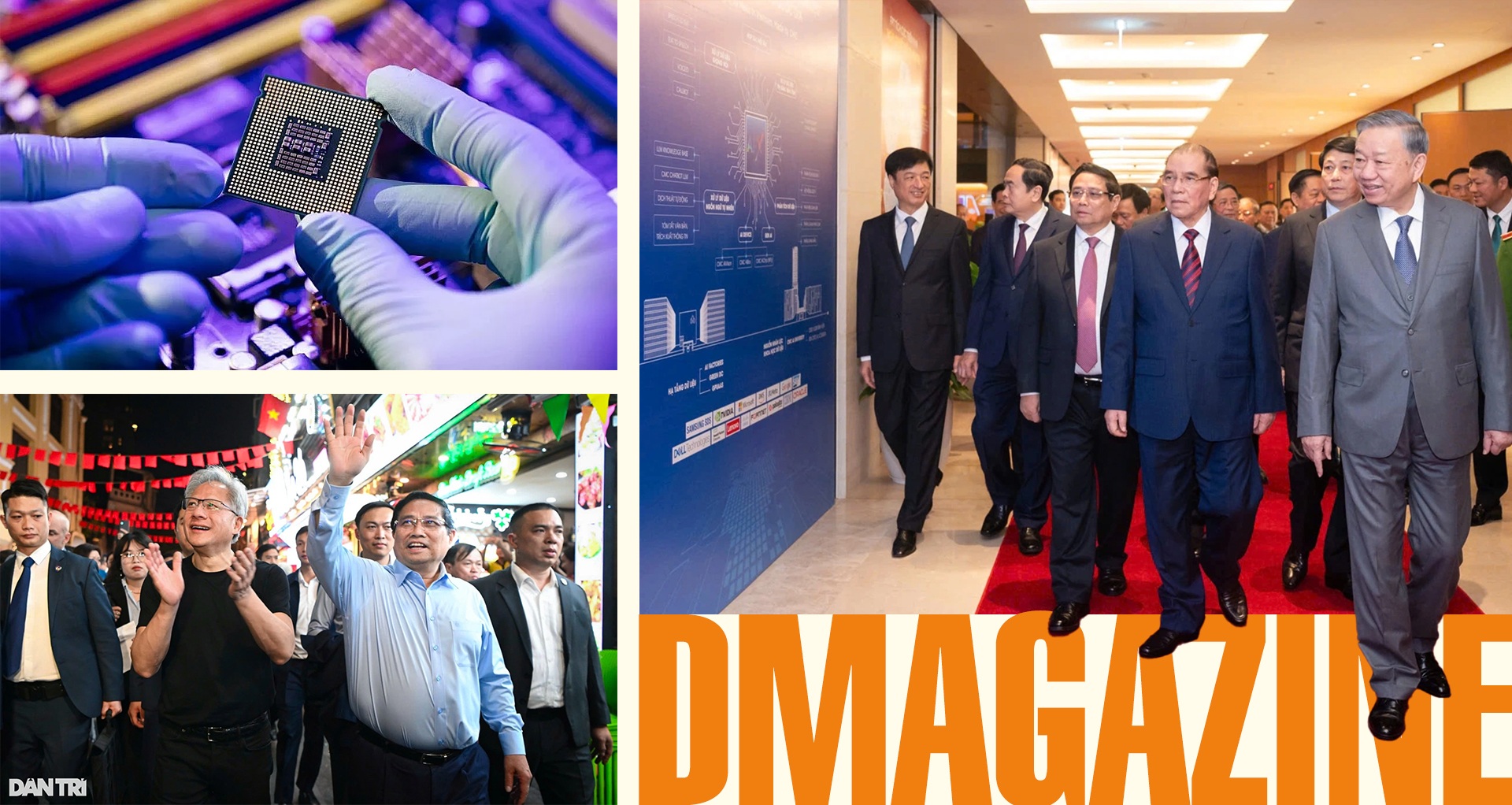
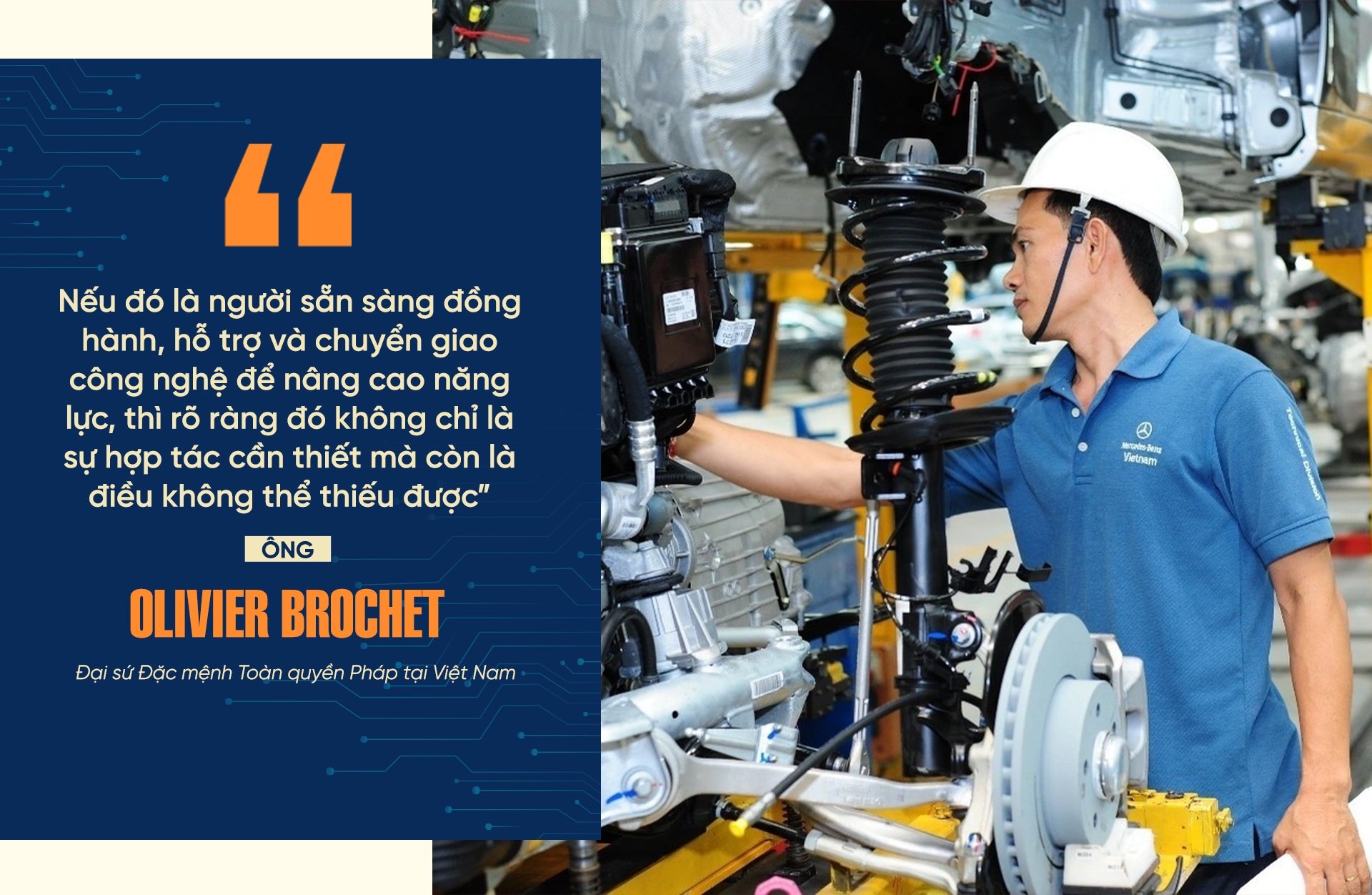

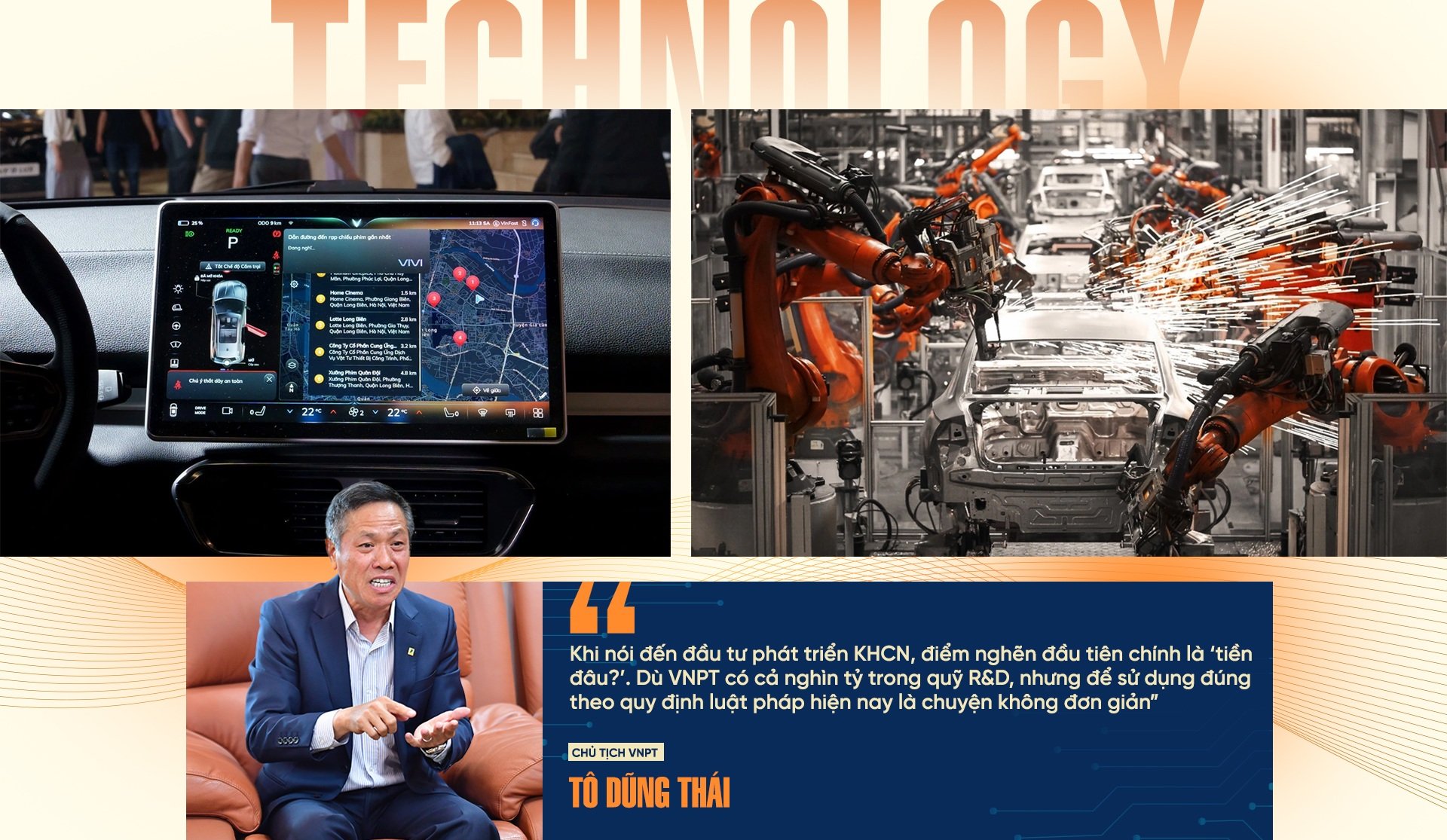

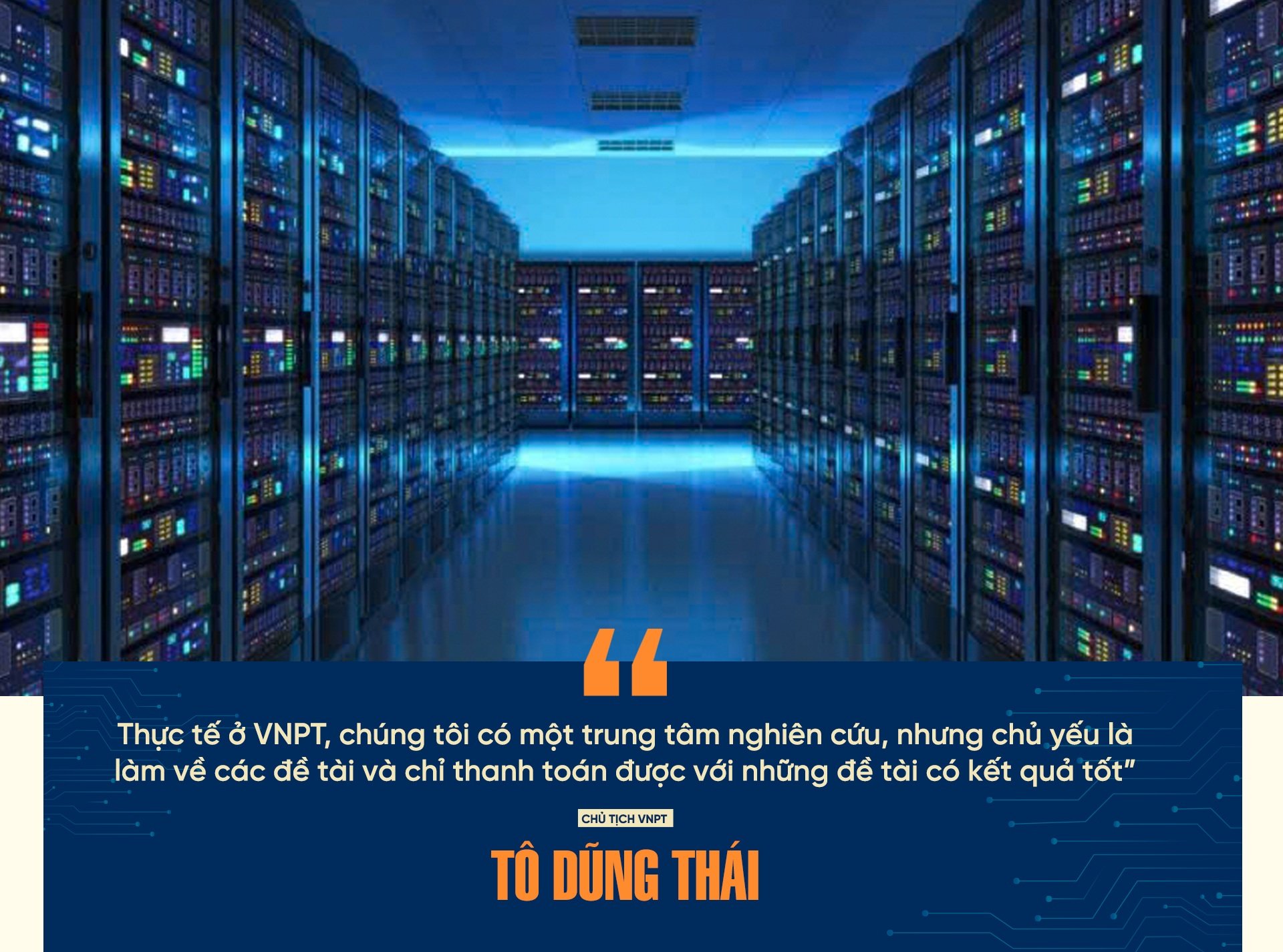
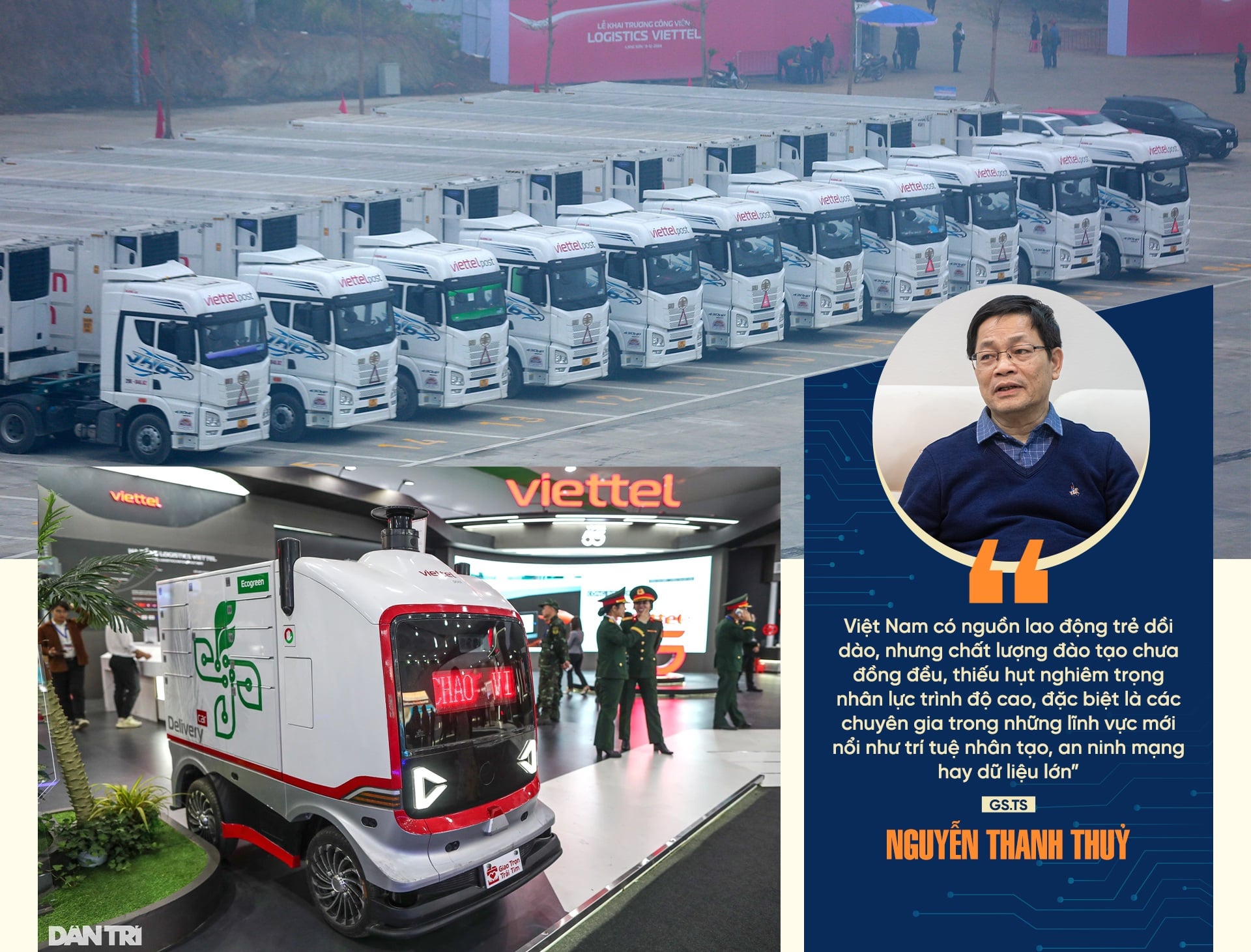
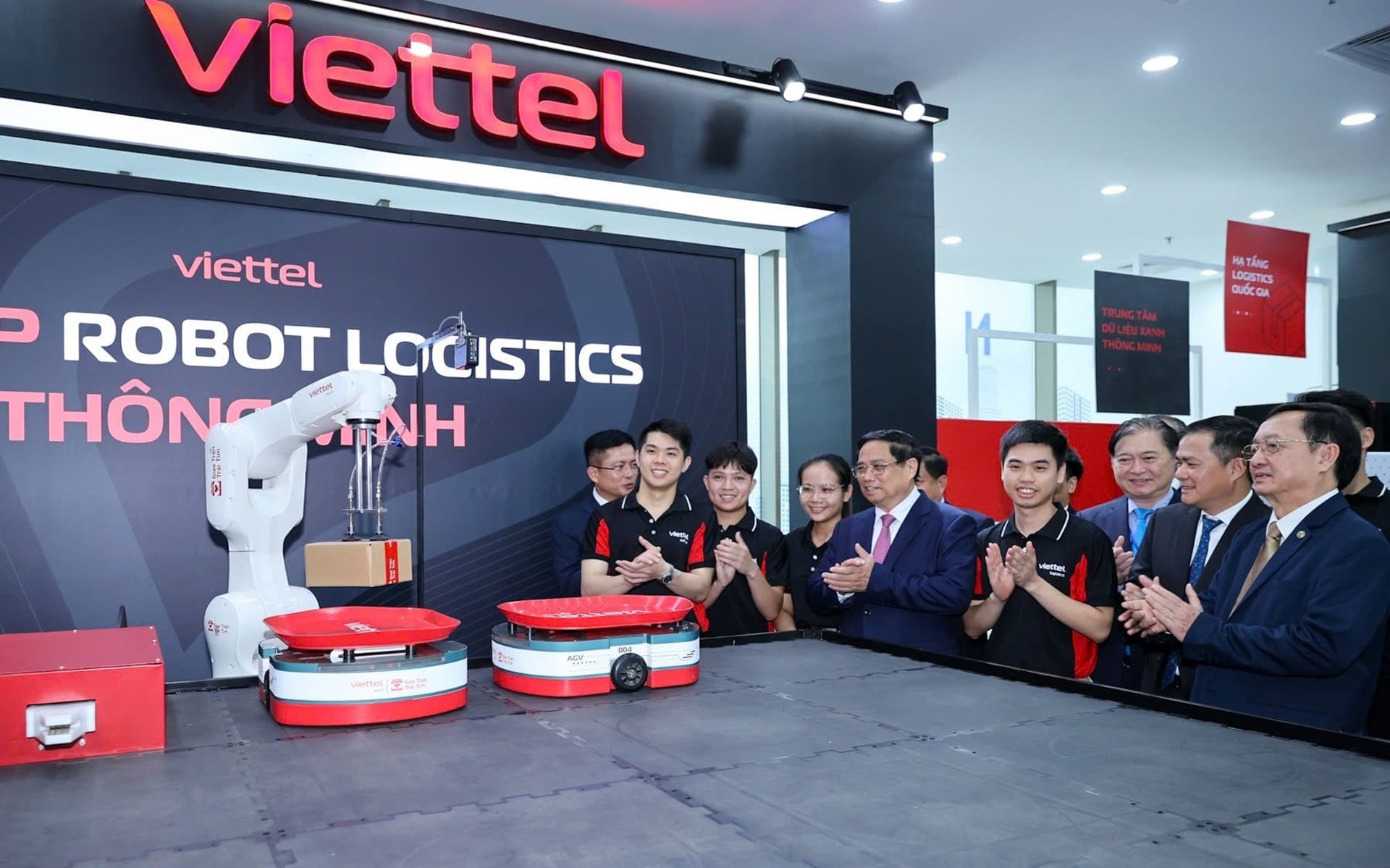
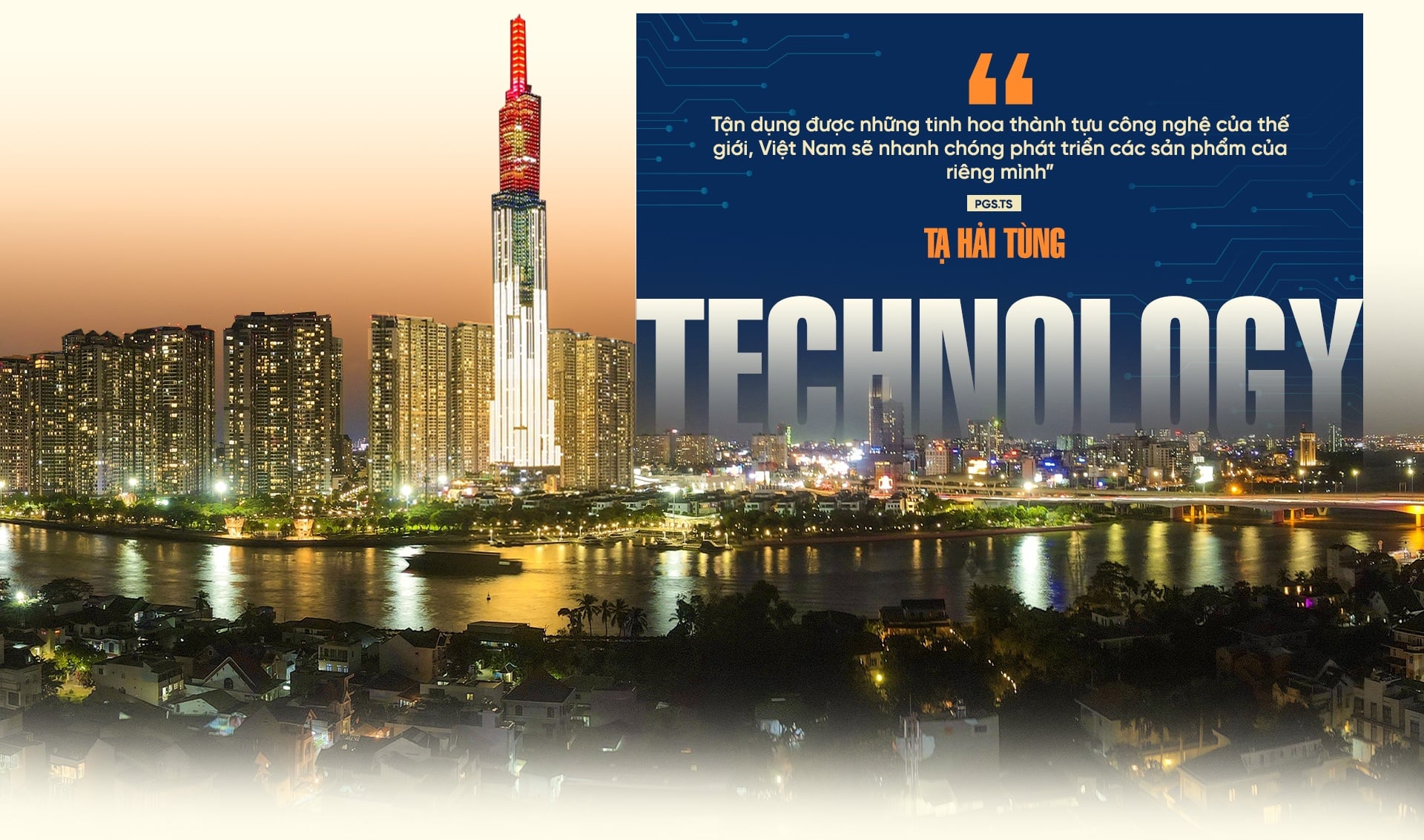
![[Photo] General Secretary To Lam attends the 80th anniversary of Vietnam's diplomacy](https://vstatic.vietnam.vn/vietnam/resource/IMAGE/2025/8/25/3dc715efdbf74937b6fe8072bac5cb30)
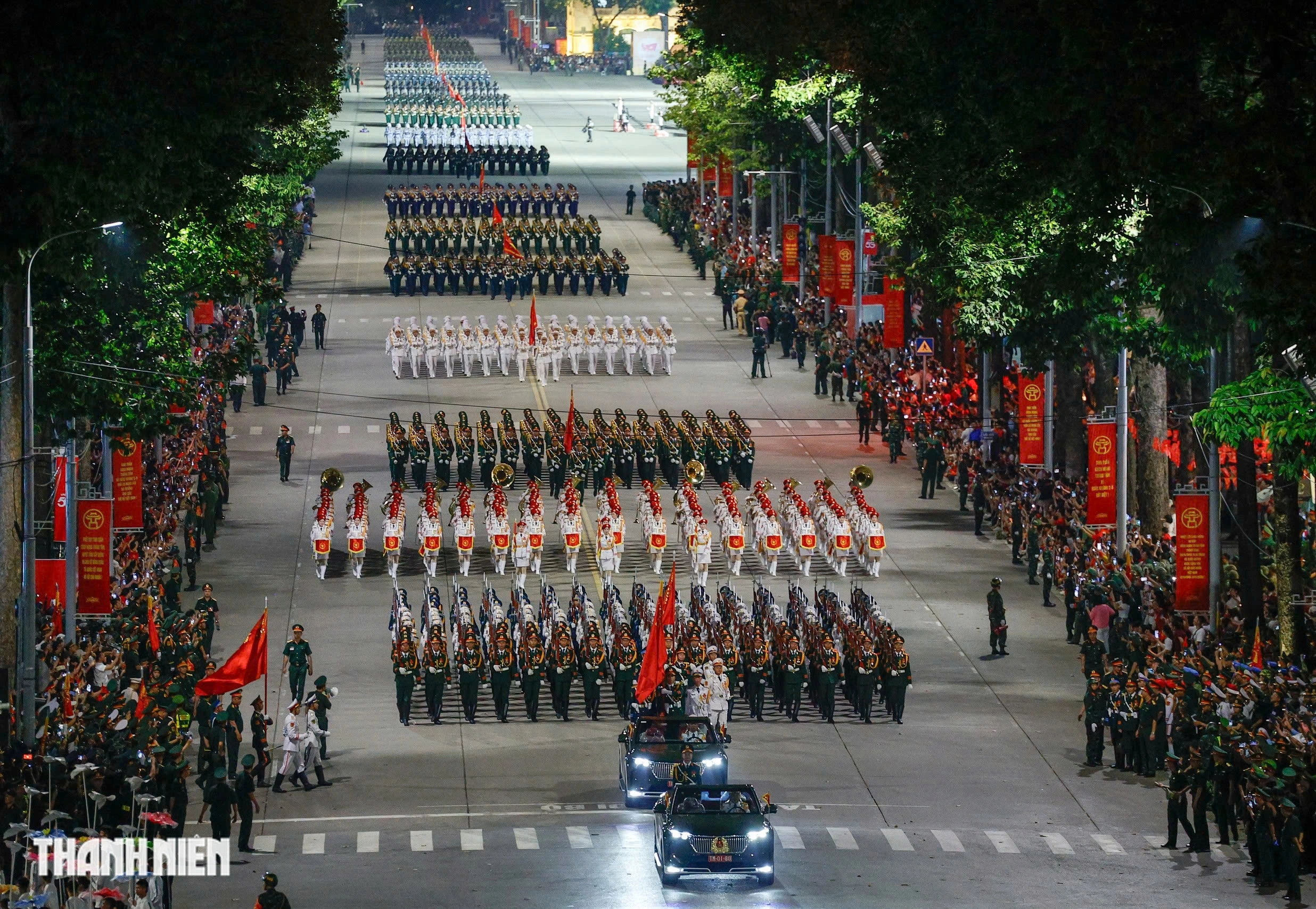




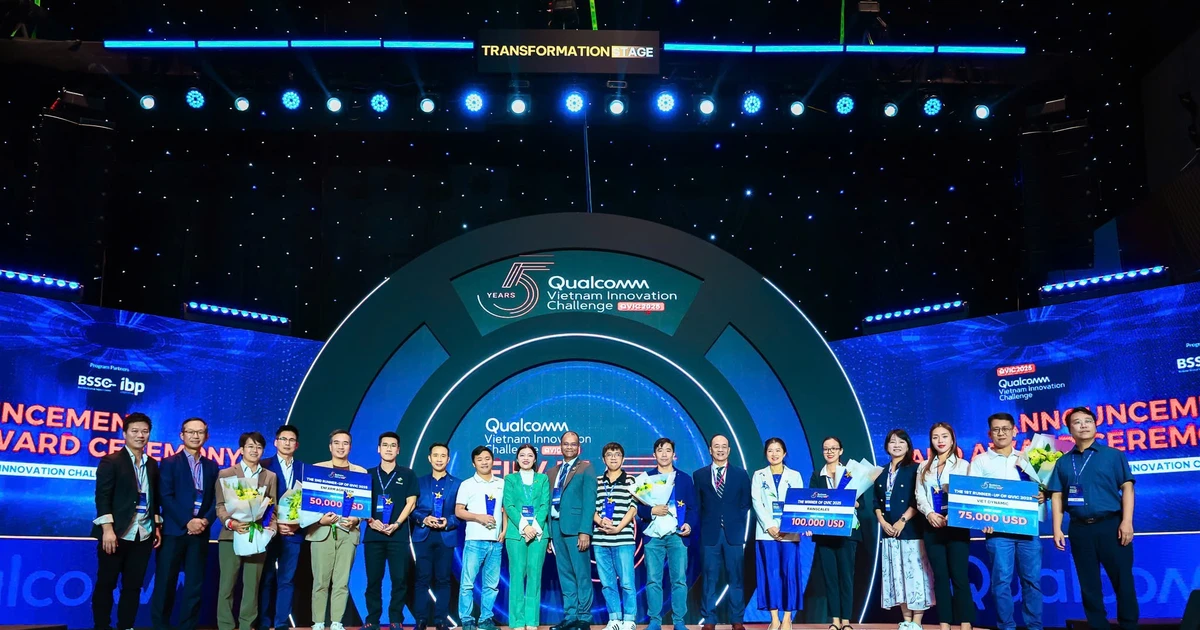

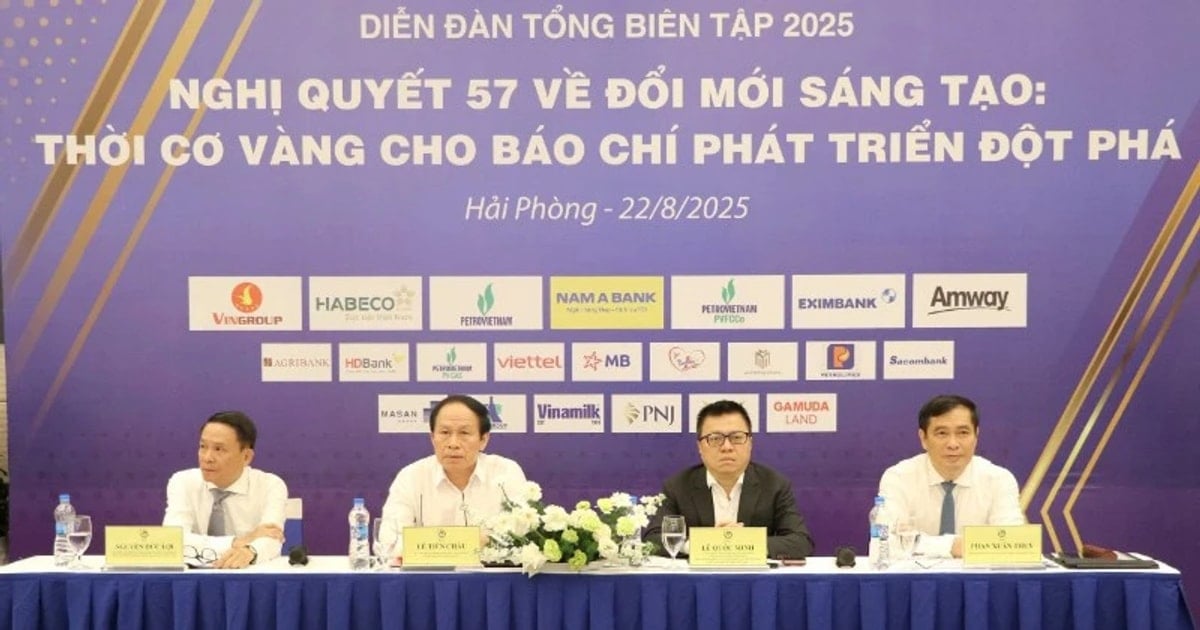



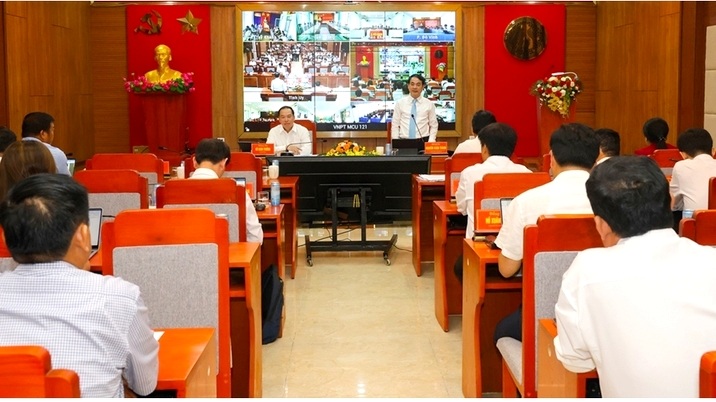

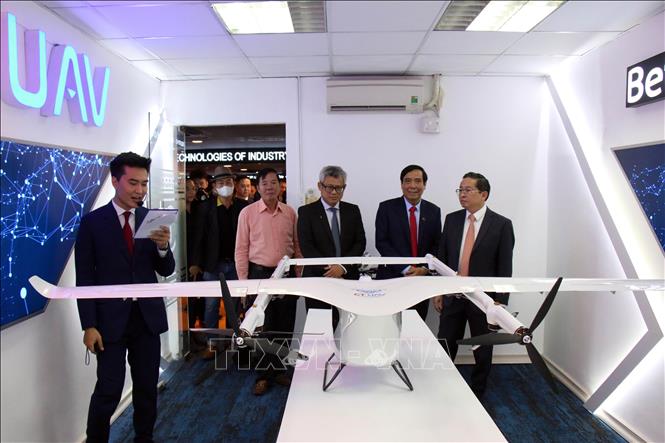
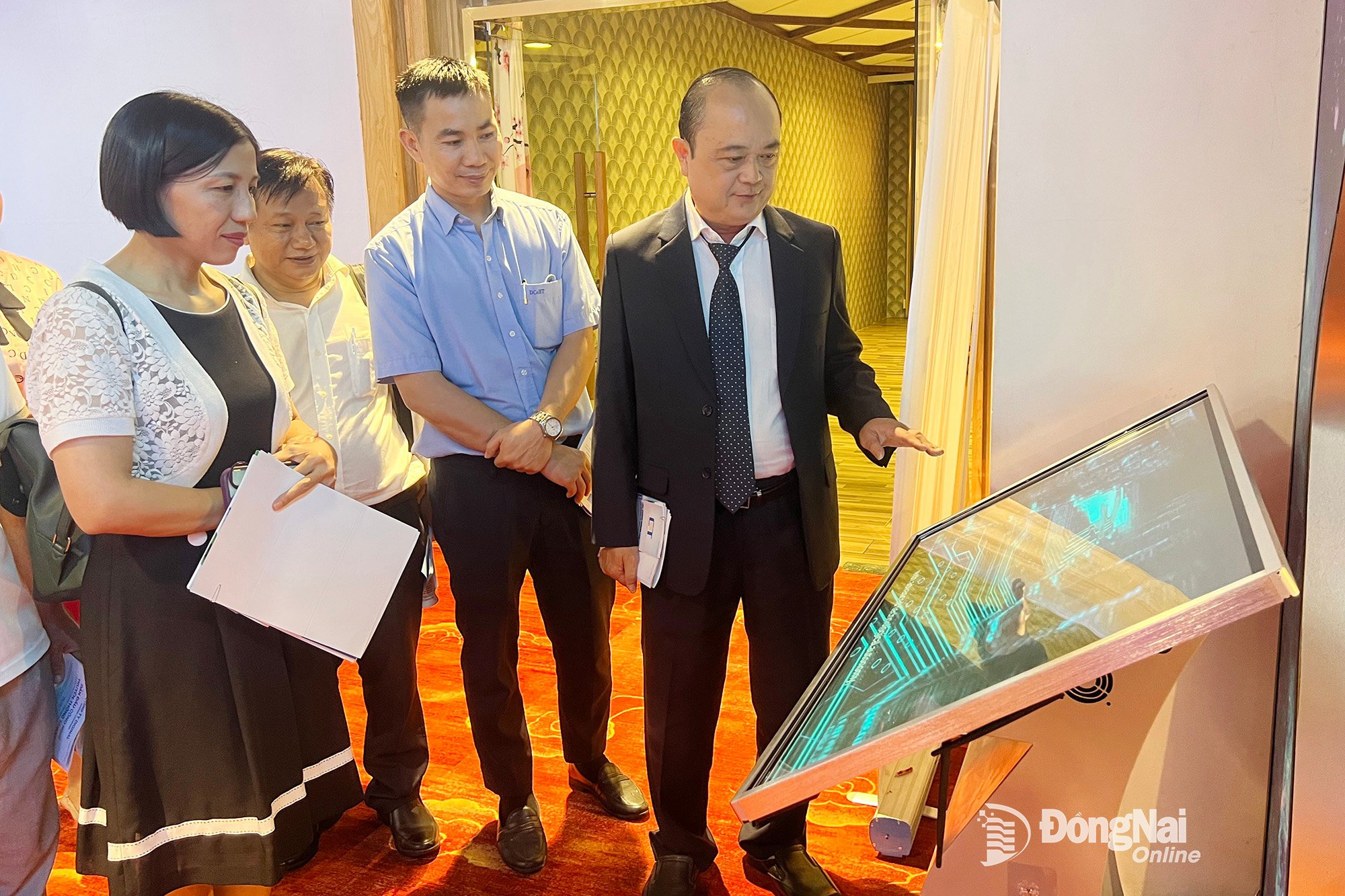



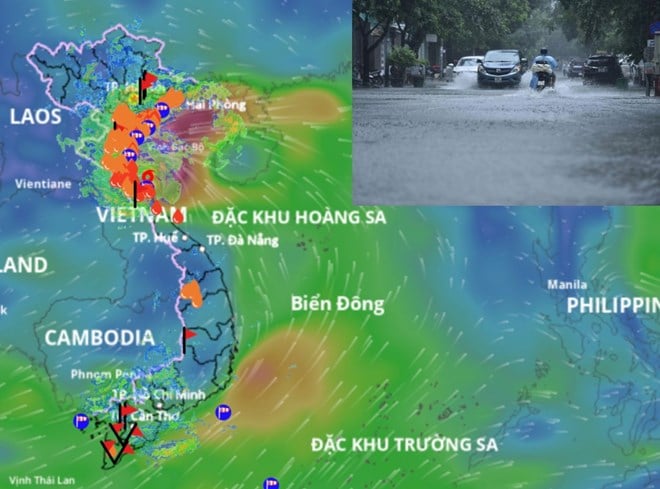



















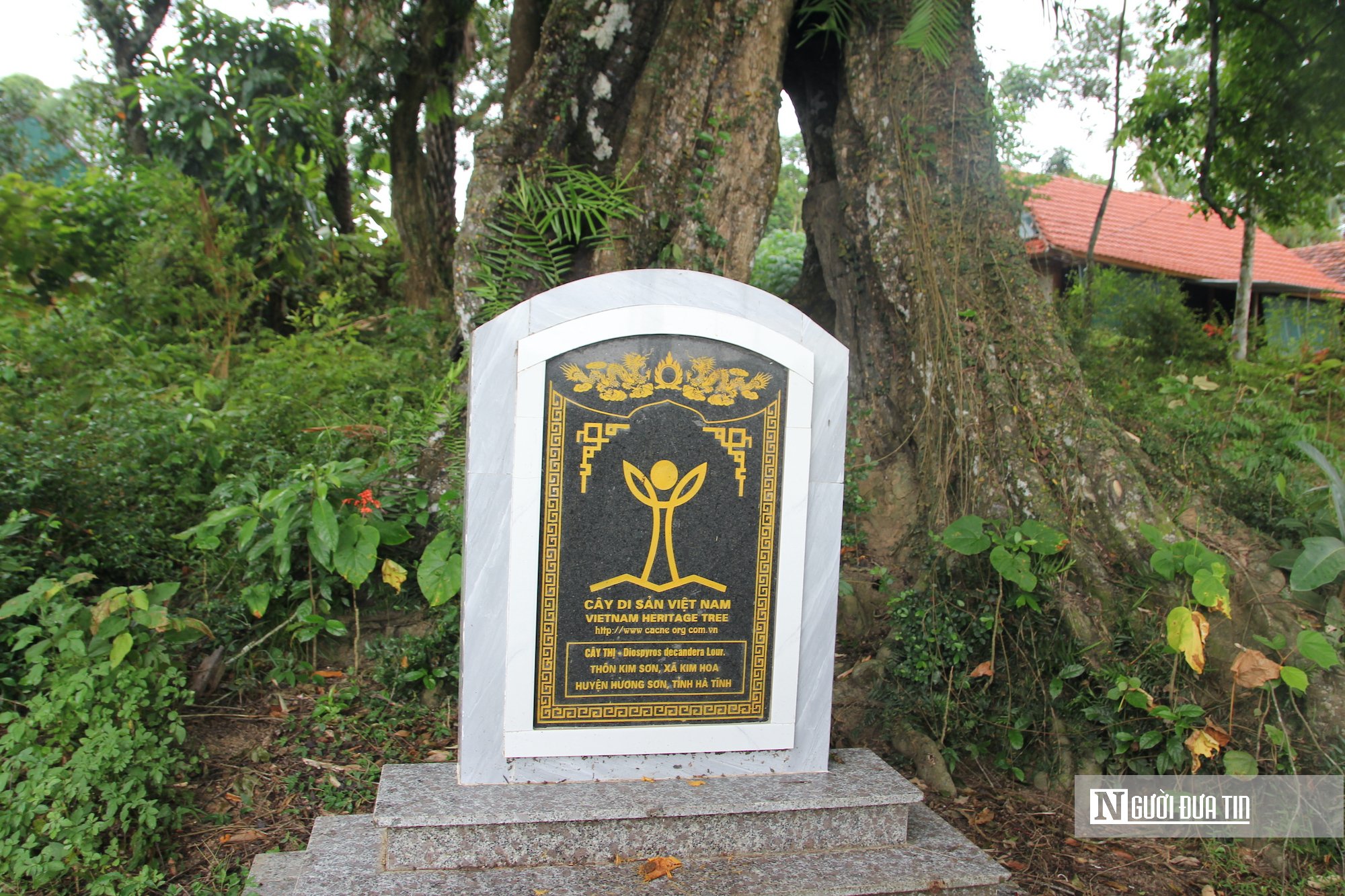



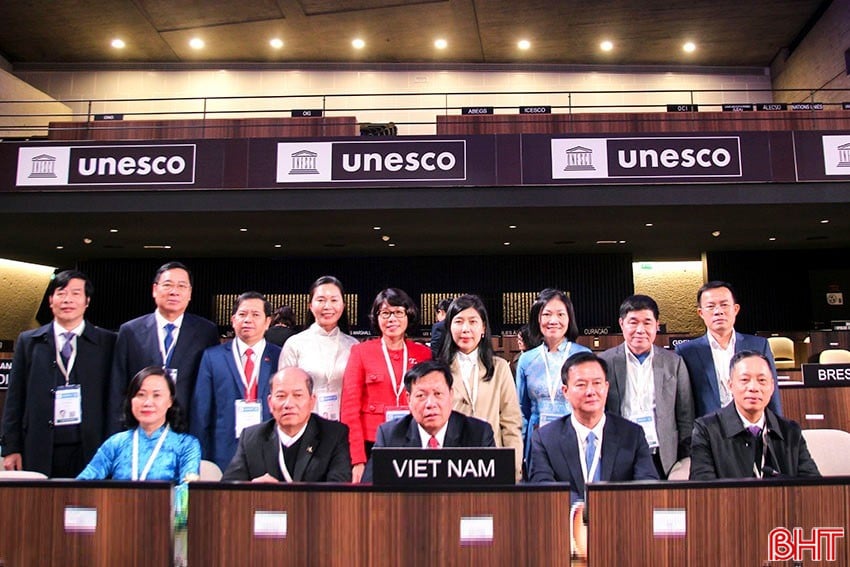

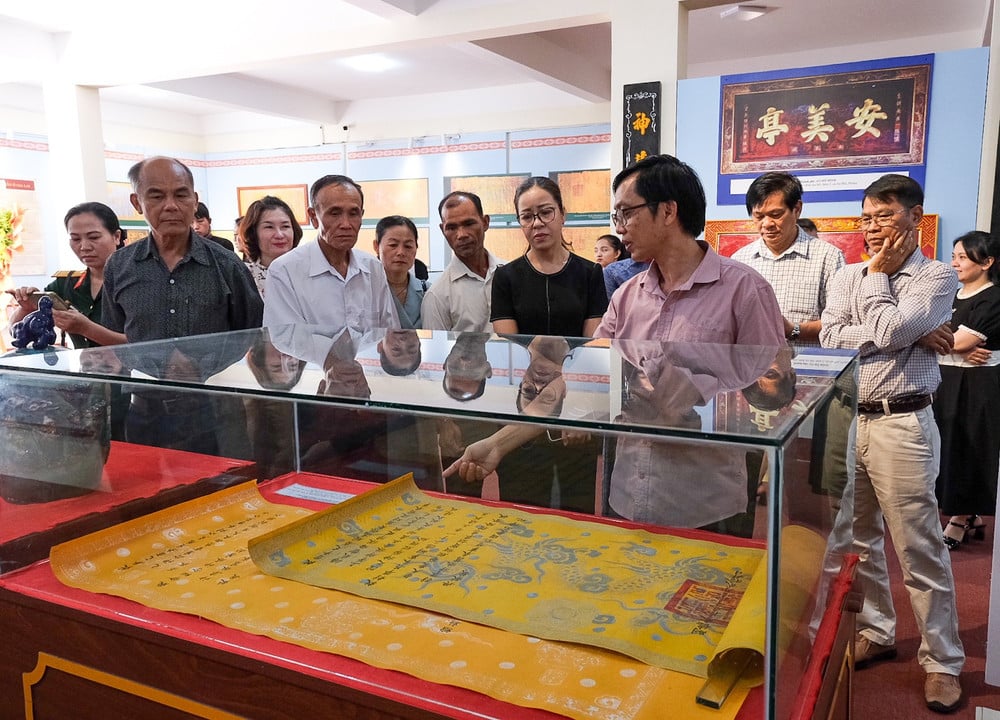












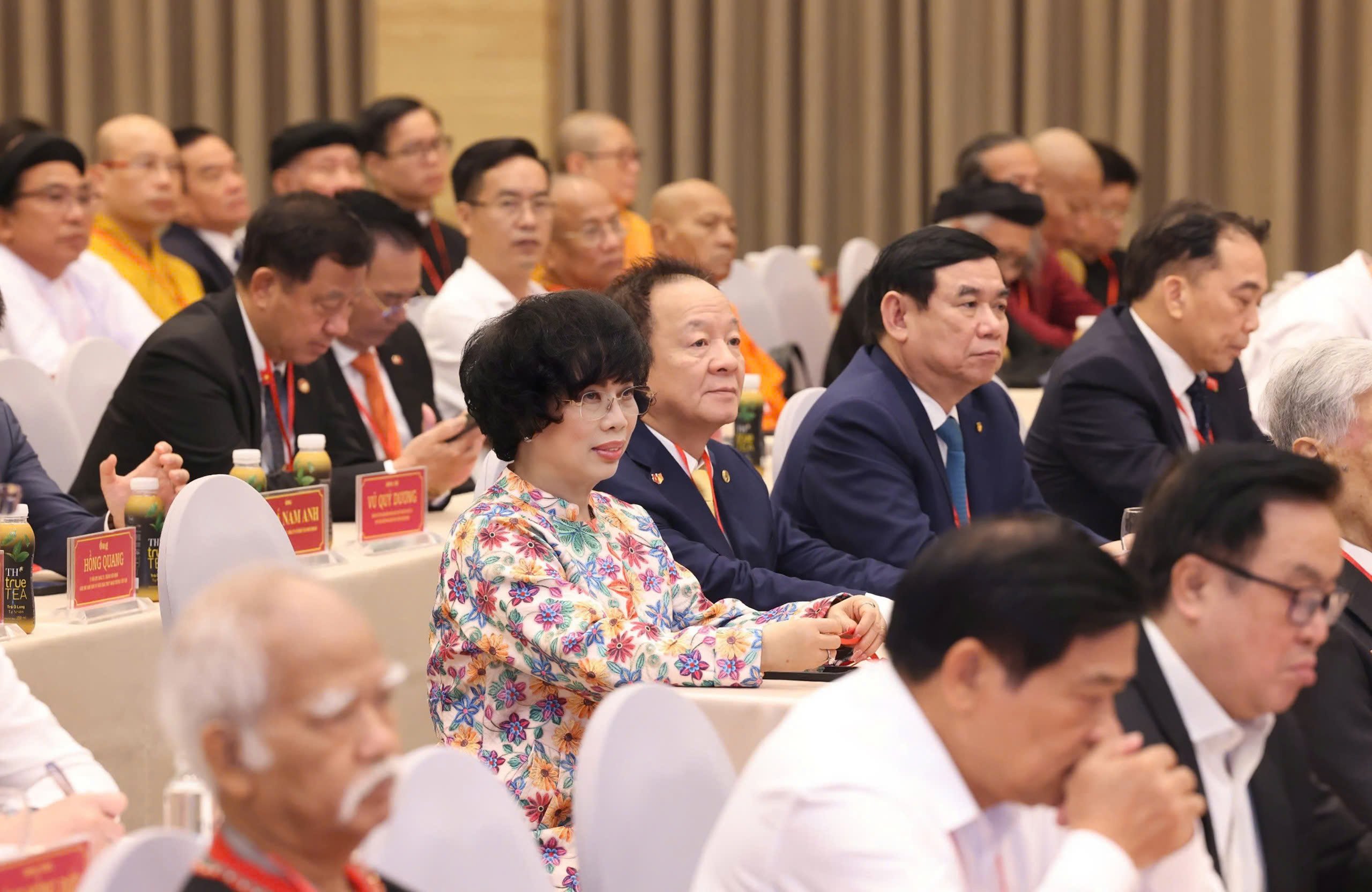

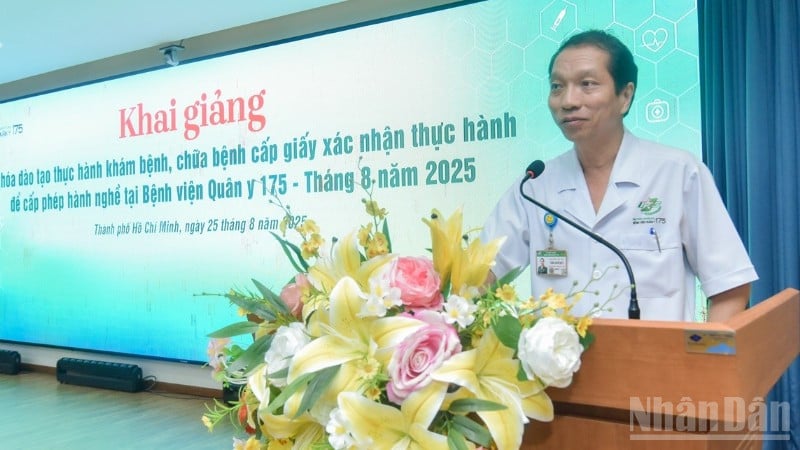

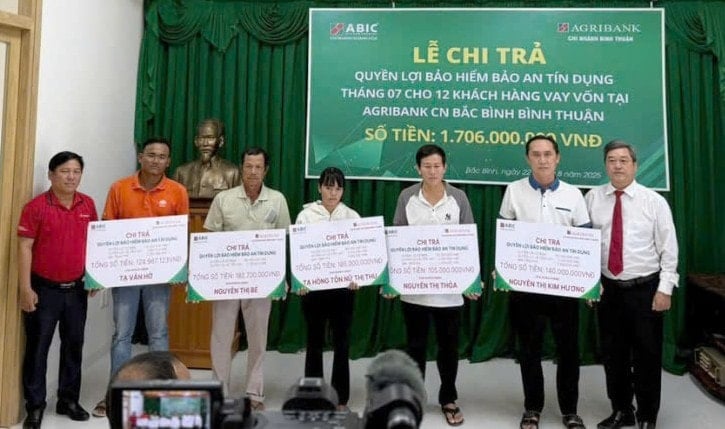


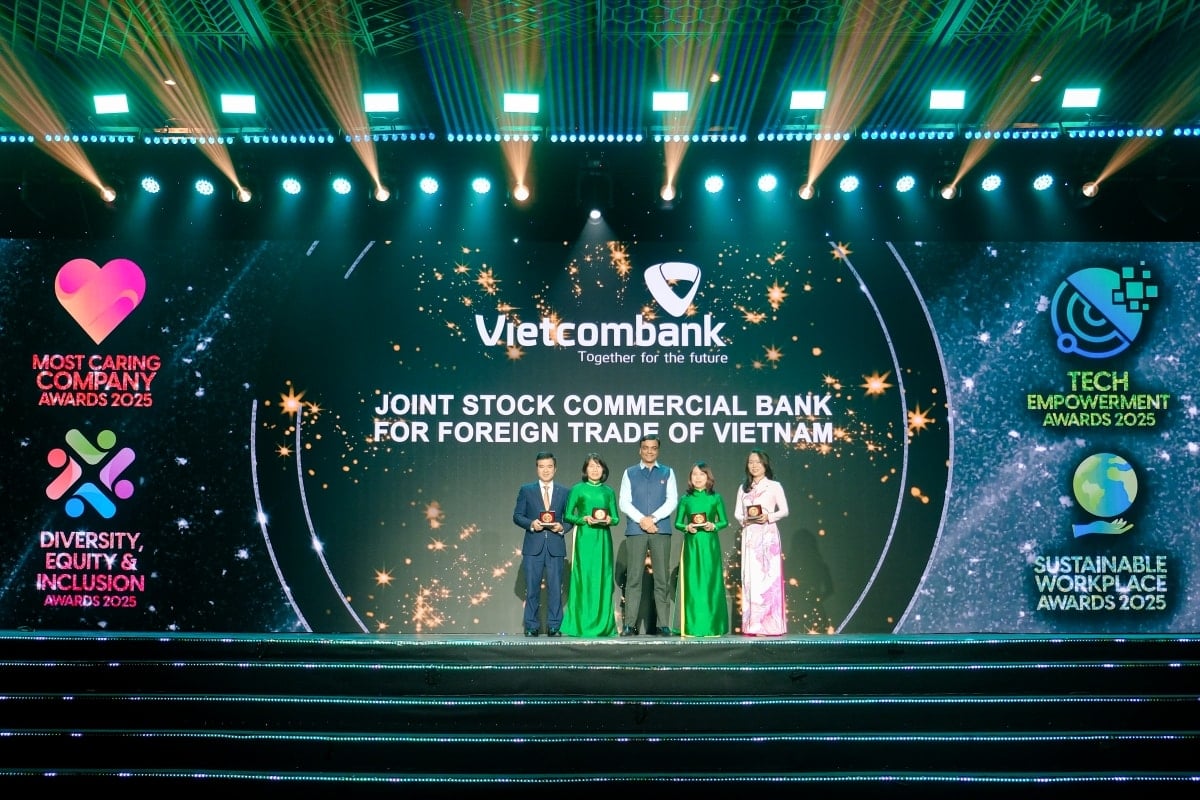


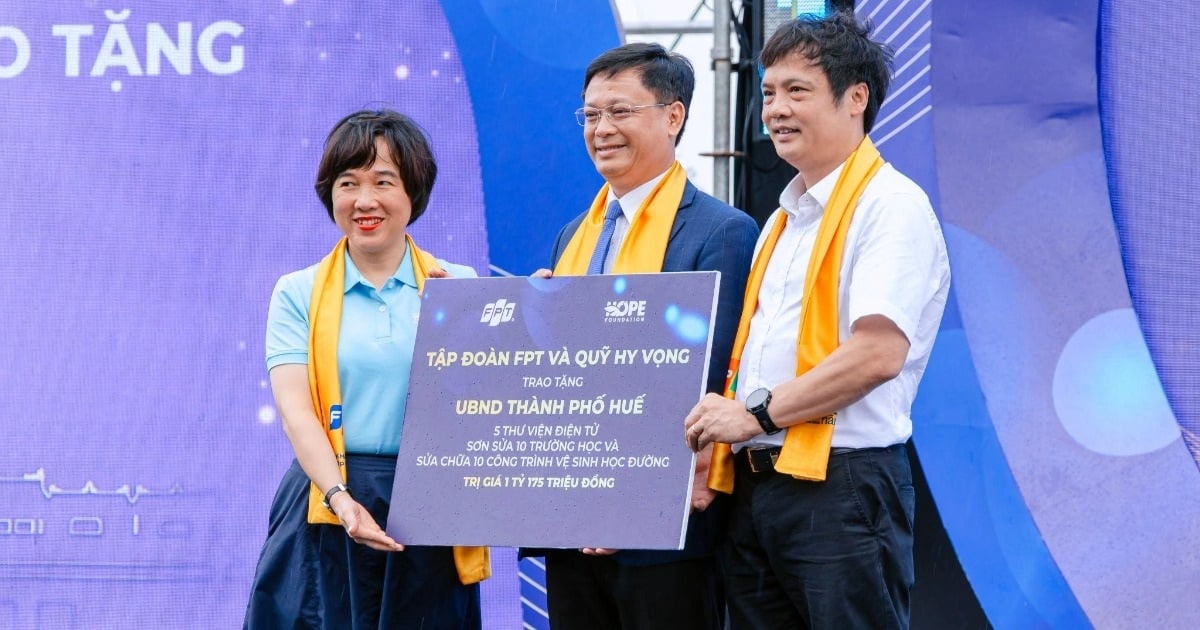



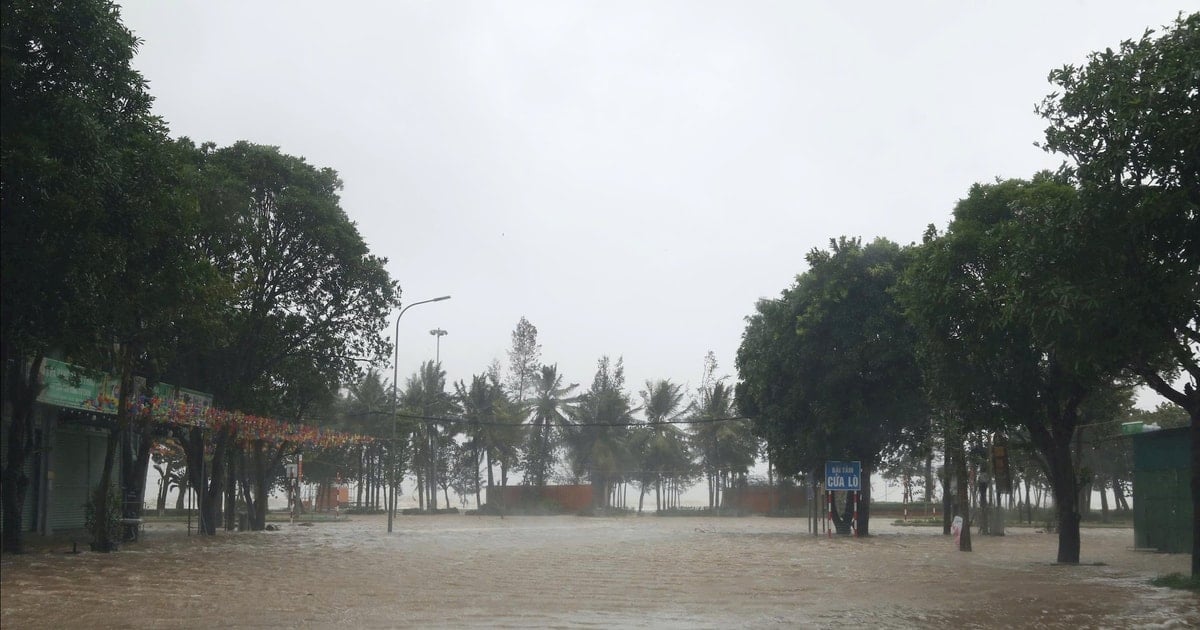


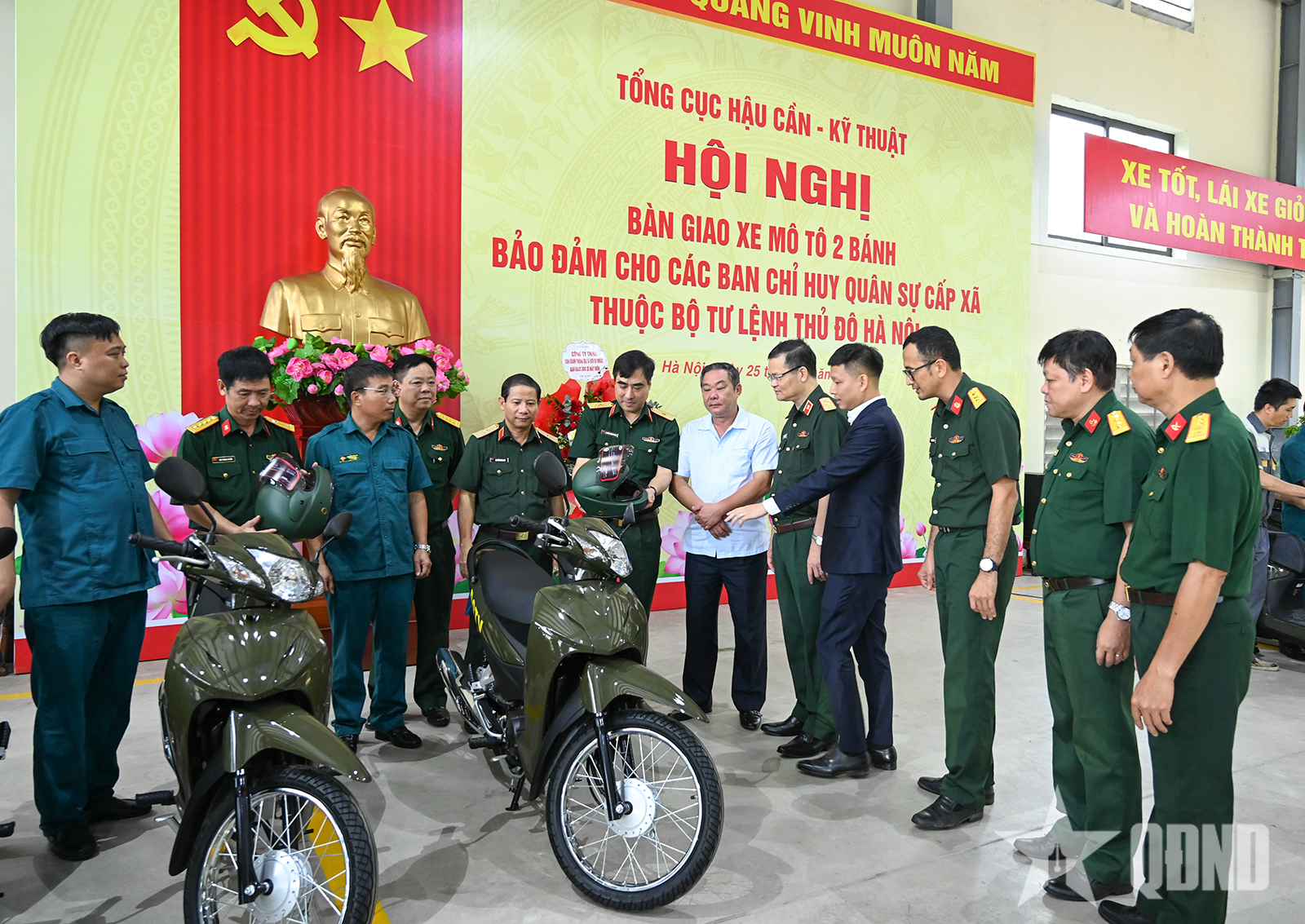
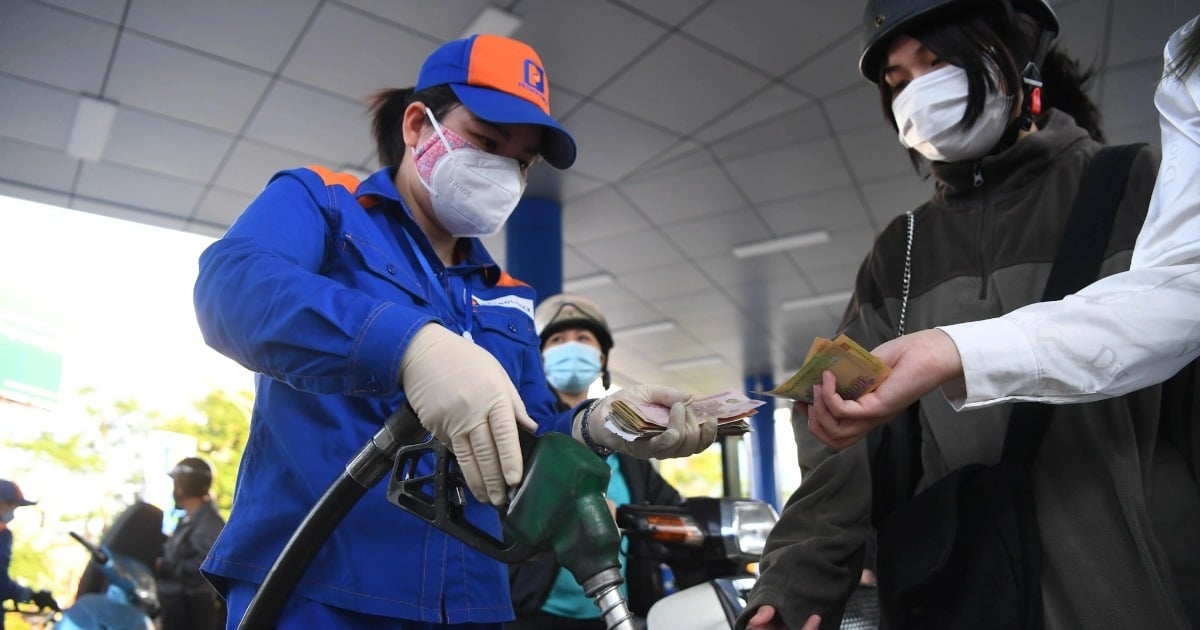
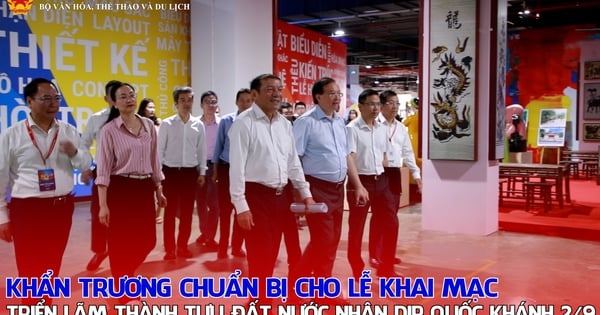

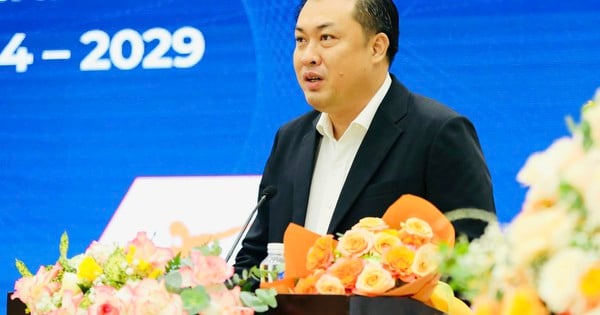


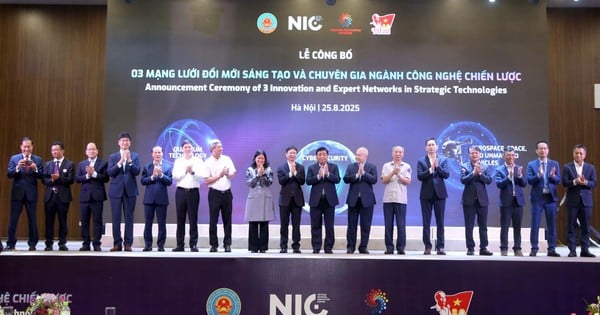

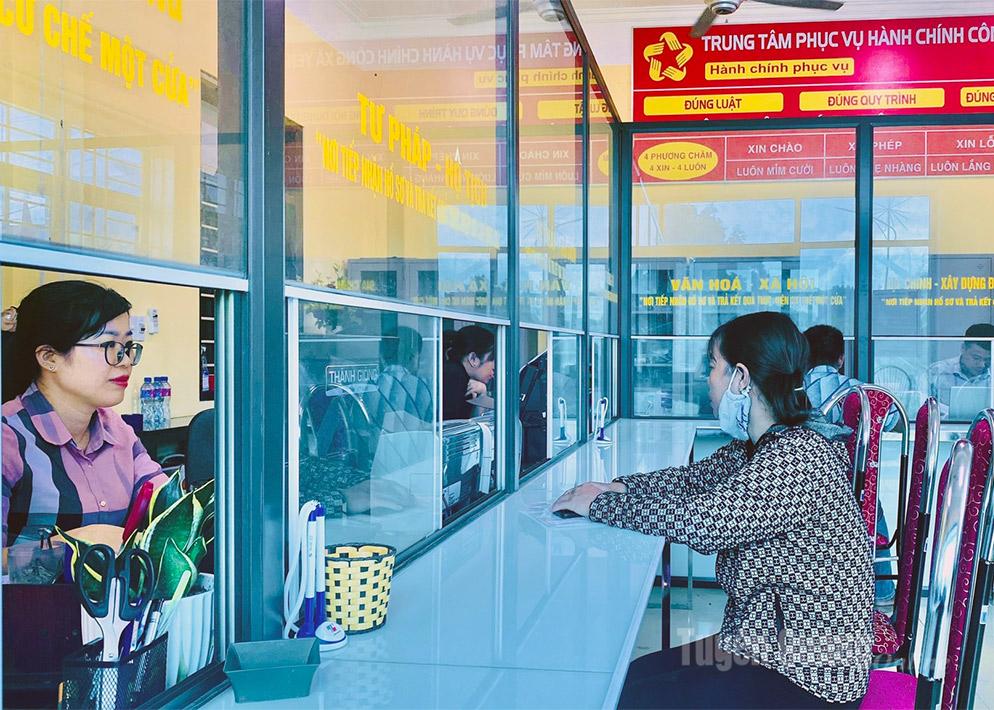

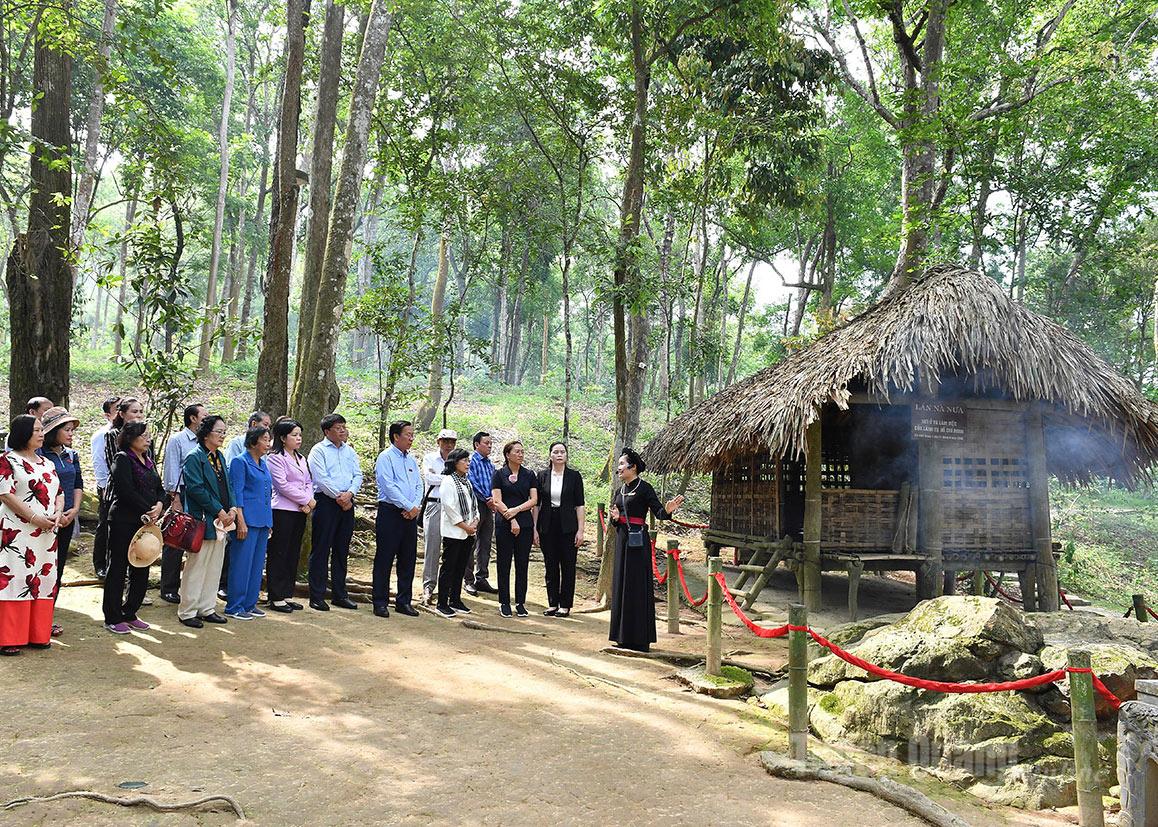
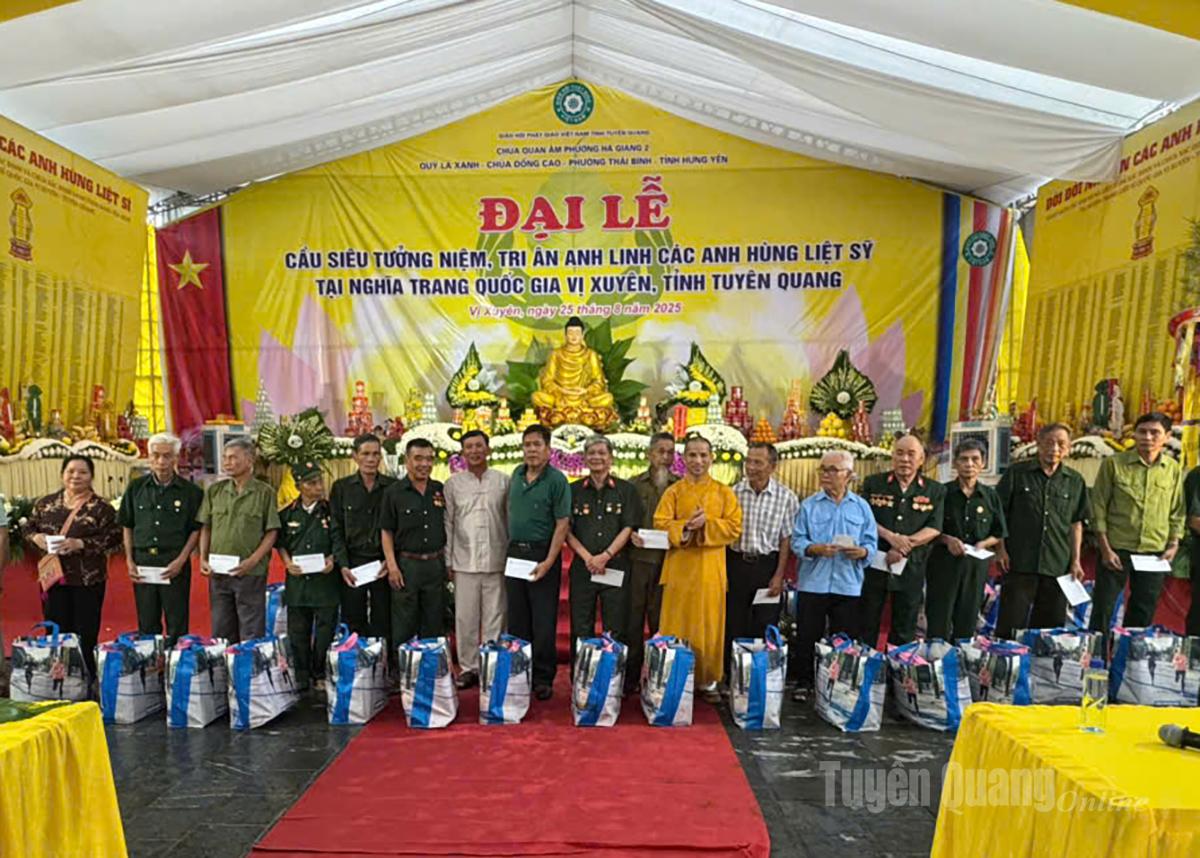


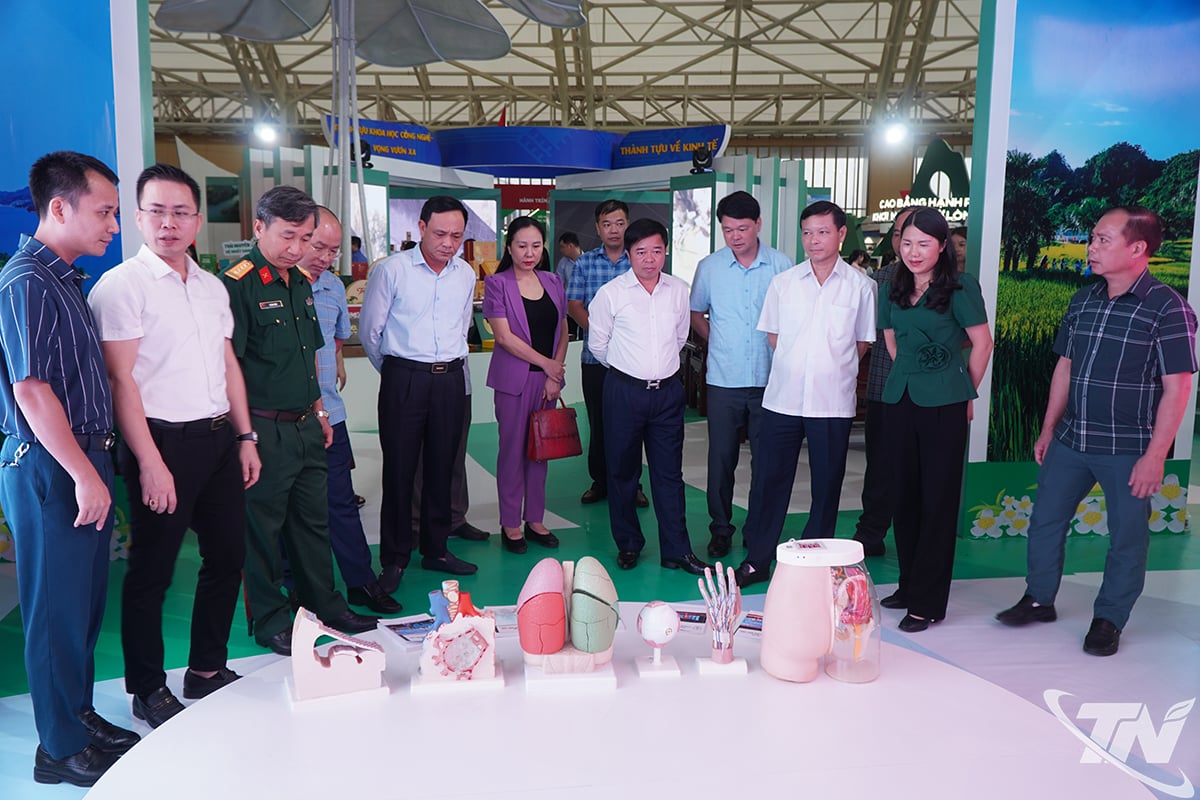





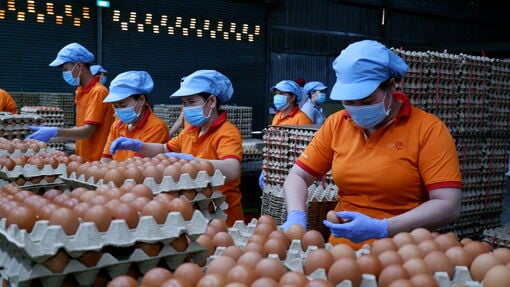

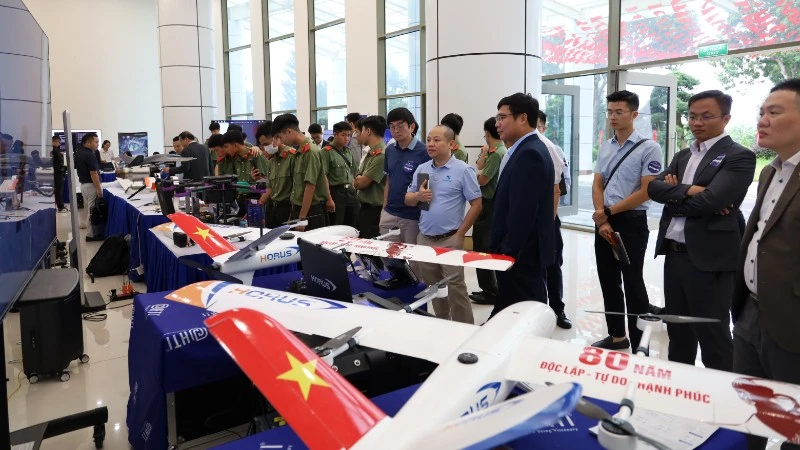








Comment (0)